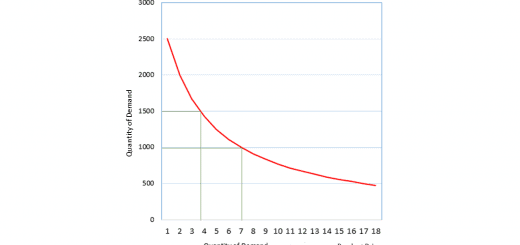Difference between Right Issue and Secondary Offering
Differences of Right Issue and Secondary Public Offering
Differences between Right Issue and Secondary Public Offering are explained in the below table,
| Right Issue | Secondary Offering |
|---|---|
A Rights Issue means an offer provided to its existing shareholders to subscribe to the shares at a discounted price. | A secondary offering has two meanings, 1) An existing shareholder of the company selling the shares to another. The transaction of this secondary offering is between the existing shareholder and aspiring shareholder without any revenue/cost involvement of the company. 2) When companies offer follow-on offerings (new share offer after IPO). Companies do these to raise additional capital for various reasons. |
Offer/choice given by the Company to its existing shareholders to purchase the additional fresh shares in the company, at a discounted price than the market price. | Existing shareholders or new investors can buy secondary offerings. |
Offer to the existing shareholders. | Offer to the new & existing shareholders (both). |
Stocks offer at a discounted price. | Stocks/other financial instruments are offered at the market rate. |
Post rights issue the number of shares increases, and it dilutes the value of the share, and in turn, decreases the share price in the market. | Post-secondary offering, if the shares offered are non-dilutive then there will be no changes. If the shares offered are dilutive, the company’s share price will change in the market. |
The rights issue intends to raise additional capital. | The secondary offering intends to access initial capital and potentially for future capital raising. |
There are three options for the right issue which can be chosen by the shareholders. Rights offer can be fully utilized, partially accepted, or completely rejected. | There is no such option or need for those options for shareholders. |
The equity percentage will be changed if shareholders ignore the right or sell the right to other parties. | Equity percentage changes after a secondary offering if the shares offered are dilutive. |
Example of Right Issue: The company needs to raise additional capital. Debt is not an option for the company. Hence, the company offers a right issue where the existing shareholders can buy additional shares at a discounted price to the market price. The shareholder has the option to either accept the offer, sell the right to any other party or ignore it. Shareholders’ equity percentage will remain the same only if they accept the offer. | Example of Secondary Offer: The company needs to raise new capital. The company can either offer a non-dilutive secondary offering or a dilutive secondary offering. |
Differences between Right Issue and Secondary Public Offering are explained in the below points,
- A Rights Issue means an offer provided to its existing shareholders to subscribe to the shares at a discounted price.
A secondary offering has two meanings,- An existing shareholder of the company selling the shares to another. The transaction of this secondary offering is between the existing shareholder and aspiring shareholder without any revenue/cost involvement of the company.
- When companies offer follow-on offerings (new share offer after IPO). Companies do these to raise additional capital for various reasons.
- A right issue is an offer/choice given by the Company to its existing shareholders to purchase additional fresh shares in the company, at a discounted price to the market price.
In opposition, a secondary offer is which existing shareholders or new investors can buy secondary offerings. - A right issue is an offer to the existing shareholders.
But a secondary issue means an offer to the new & existing shareholders (both). - In the right issue, stocks offer at a discounted price.
In the secondary issue, stocks/other financial instruments are offered at the market rate.
- Post rights issue the number of shares increases, and it dilutes the value of the share, and in turn, decreases the share price in the market.
Post-secondary offering, if the shares offered are non-dilutive then there will be no changes. If the shares offered are dilutive, the company’s share price will change in the market. - The rights issue intends to raise additional capital.
But the secondary offering intends to access initial capital and potentially for future capital raising.
- There are three options for the right issue which can be chosen by the shareholders. Rights offer can be fully utilized, partially accepted, or completely rejected.
But in opposition, in the secondary issue, there is no such option or need for those options for shareholders. - In a right issue, the equity percentage will be changed if shareholders ignore the right or sell the right to other parties.
In a secondary issue, the equity percentage changes after a secondary offering if the shares offered are dilutive.
- Example of Right Issue: The company needs to raise additional capital. Debt is not an option for the company. Hence, the company offers a right issue where the existing shareholders can buy additional shares at a discounted price to the market price. The shareholder has the option to either accept the offer, sell the right to any other party or ignore it. Shareholders’ equity percentage will remain the same only if they accept the offer.
Example of Secondary Offer: The company needs to raise new capital. The company can either offer a non-dilutive secondary offering or a dilutive secondary offering.
Learn More with LearnBusinessConcepts.com
- Initial Public Offering (IPO): Explanation, Steps & Examples
- Advantages & Disadvantages of Initial Public Offering (IPO)
- Bonus Issue: Explanation, Calculation & Real World Examples
- Advantages and Disadvantages of Bonus Issue


